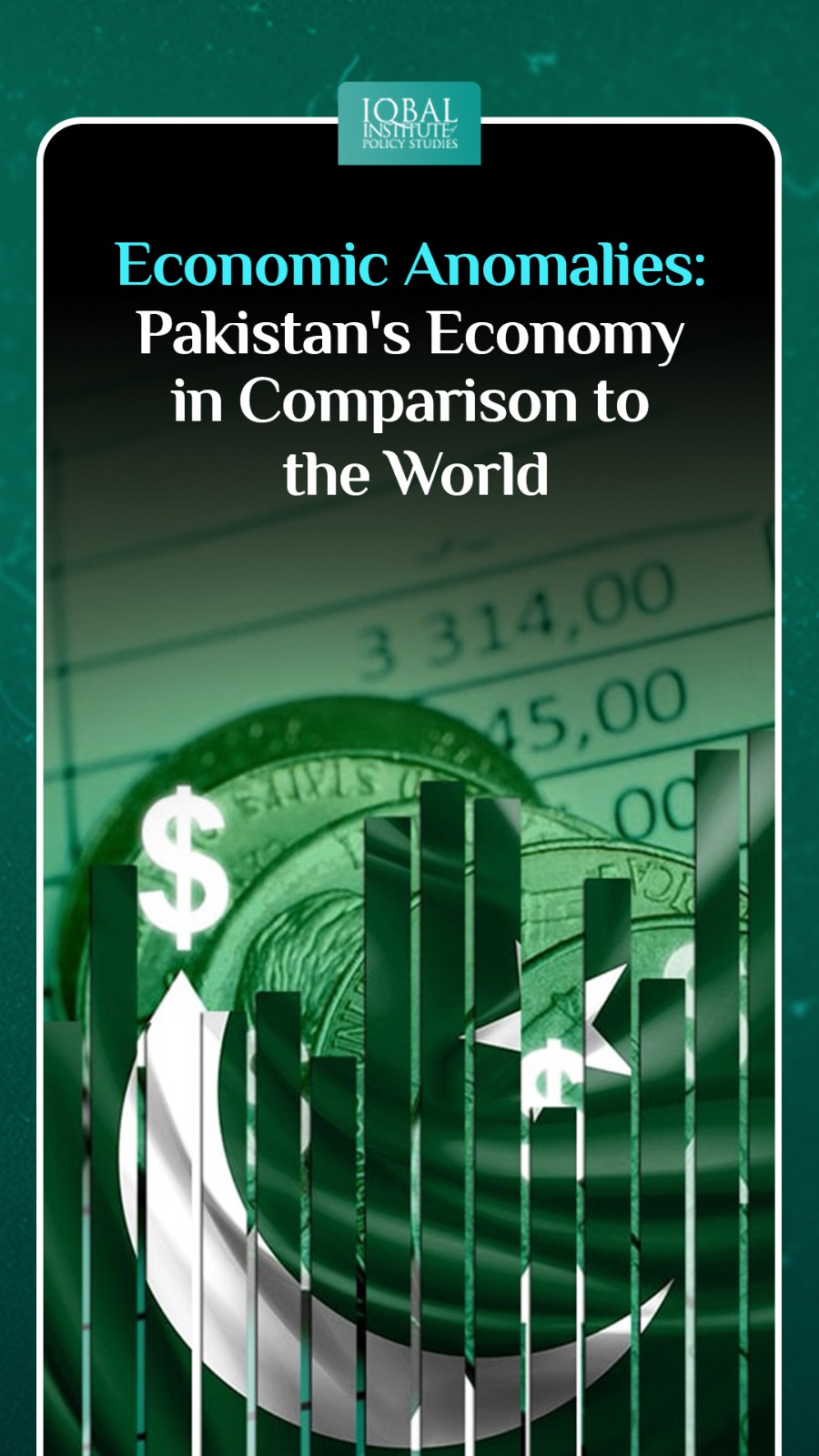The Pakistani economy possesses several distinctive features that set it apart from the rest of the world. These differences arise from a combination of historical, geopolitical, and structural factors. Here is a detailed exploration of how the Pakistani economy differs from the global norm:
One of the most striking features of the Pakistani economy is its heavy reliance on agriculture. Unlike many other economies around the world that have transitioned to being predominantly service or manufacturing-based, agriculture plays a significant role in Pakistan. This sector employs a large portion of the population and contributes significantly to the country’s GDP. This dependence on agriculture exposes the economy to vulnerabilities related to weather fluctuations and outdated farming practices. The manufacturing sector is growing but it faces challenges such as inconsistent power supply, lack of infrastructure, and limited access to credit. These issues hinder the growth of industries and limit the country’s ability to compete on a global scale. The manufacturing sector, particularly textiles, is one of the mainstays of the Pakistani economy but faces competition from countries with more advanced technology and infrastructure.
Pakistan has a substantial informal economy, which includes unregistered businesses and labor. This sector often operates outside government regulations and taxation, making it challenging for the state to collect revenues and enforce labor standards. This informality can hinder economic development, transparency, and social security.
Pakistan’s ability to attract FDI has been relatively low compared to other emerging economies. Political instability, security concerns, and bureaucratic hurdles have deterred foreign investors. This lack of FDI restricts economic growth, technology transfer, and job creation. Historically Pakistan struggled with low savings and investment rates. A significant portion of the population remains outside the formal financial system. Low savings rates limit domestic capital formation, which is crucial for sustained economic development. Pakistan’s economic structure is heavily dependent on international trade. It relies on the export of goods like textiles, rice, and textiles to earn foreign exchange. However, a narrow export base and limited diversification leave the economy vulnerable to external shocks. Pakistan’s trade deficits have been a persistent issue, requiring it to borrow to cover the gaps.
Energy Challenges
Pakistan has faced chronic energy shortages, leading to frequent power cuts and interruptions in industrial production. The energy crisis is a significant impediment to economic growth and competitiveness.
Demographic Dividend
Pakistan’s young and rapidly growing population is both an opportunity and a challenge. While this demographic could provide a significant labor force for economic growth, it also necessitates substantial investments in education and job creation to harness this potential.
Political Instability
Pakistan’s political landscape has been marked by periods of instability. Frequent changes in government have resulted in inconsistent economic policies and hindered long-term planning and reforms.
Corruption
Corruption leads to the misallocation of resources, as decisions are made based on personal gain rather than the best interests of the economy. This can result in inefficient use of public funds, which could otherwise be invested in infrastructure, education, and healthcare.
Geopolitical Factors
Pakistan’s location in a politically volatile region, its relationship with neighboring countries like India and Afghanistan, and its role in the global fight against terrorism all have a significant impact on its economic prospects.
Social Challenges
Pakistan faces challenges related to education, healthcare, and social services, which are essential for human capital development and inadequate access to education and healthcare can contribute to social unrest, as citizens become disillusioned with the government’s ability to address their basic needs.
Economic Informality
Economic activities that occur outside the regulatory framework of the formal economy. In Pakistan, informality is a significant and pervasive feature of the economic landscape. This informality can manifest in various ways, impacting businesses, employment, and government revenue collection
Youth Demographic
Pakistan has a predominantly young population, which offers opportunities for economic growth if harnessed effectively. However, this demographic structure also presents challenges in terms of education, employment, and providing adequate social services for the youth.
Conclusion
In summary, Pakistan’s economy differs from the rest of the world due to its heavy reliance on agriculture, an informal economy, challenges in manufacturing, low savings and investment rates, trade dependencies, energy shortages, demographic opportunities and challenges, political instability, corruption, and unique geopolitical factors. While Pakistan has made progress in various areas, addressing these distinctive features is essential for sustained economic growth and development.
This article is written by Shaan Abbas. Shaan is a research analyst at the Iqbal Institute of Policy Studies (IIPS).



Leave a Reply